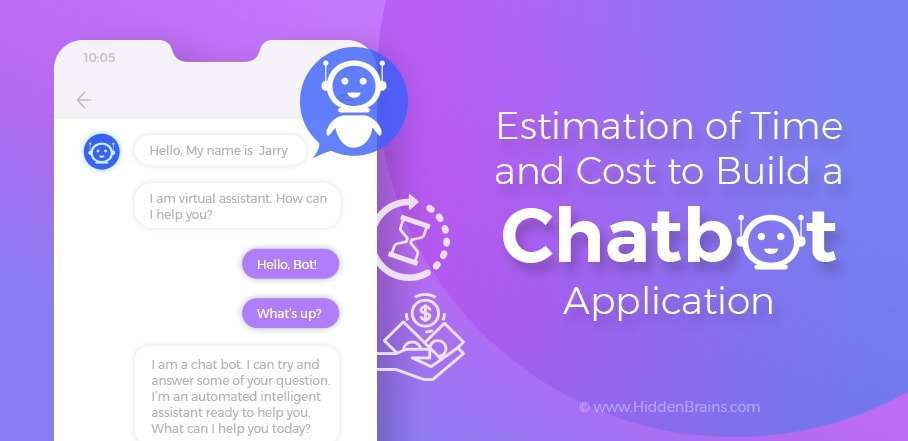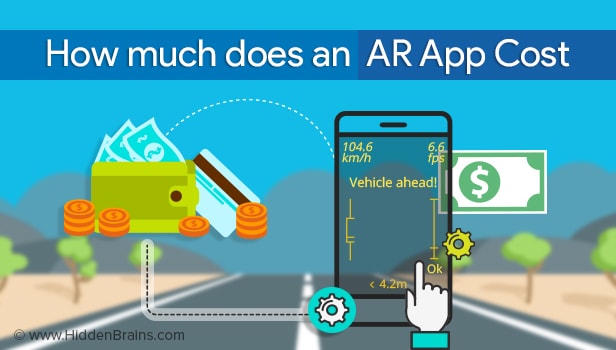 |
| Source: openmarket |
Imagine a scenario where a customer walks into your store.
The high-definition cameras installed at the entrance recognized the customer’s face with image recognition technique and tagged him as a 2nd-time repeat customer into the database. Soon after, the customer’s smartphone receives a notification about your store and shows a map towards the denim section of your store. Since the customer was in search of denim, his device synced with your store’s artificial intelligence system, it pinged his device about it.
Once he picks up the item and walks out of the store, the RFID (Radio Frequency Identification) recognizes the purchase and the final price is then deduced from the mobile payment app and credited to your store’s account.
The sensors then notify your backend inventory management system about the item being sold and reminding you to restock it.
The above scenario is not far from becoming a complete reality. Retailers have already realized the importance of IoT in their business. IoT application development has taken a fast track and is advancing at rapid speed!
Here are 3 Ways IoT Is Changing The Face Of Retail and IoT App Development Industry
Smart Shelves
A lot of manpower gets atrophied on counting and tallying the items on the shelf in order to maintain the inventory or stocking of the items. With targeted research in IoT application development field, out came Smart Shelves.
Retailers can setup ruggedized shelf-edge displays combined with HD optical sensors in order to automate intelligence into on-the-shelf inventory levels. The RFID and readers scan the products on both, display and stock shelves. These sensors inform when items are running low, incorrectly placed or even detect in-store theft.
Beacons
Beacons are nothing but small Bluetooth devices that send alerts to smartphones based on location proximity. When any customer is near a particular store, they receive alerts about discounts, promotions or special events, reminders etc on their smartphone about that store.
Macy’s is one such brand which has benefitted highly from IoT application development. Shoppers inside the store are sent regular notifications about promotions and discounts. The app also recognizes the aisle where the shopper is and will then send notifications accordingly.
Additionally, beacons are used to send notifications to passers-by also. If a group of people is passing by a store inside a bus, all their devices will receive notification about that store’s events or promotions, discounts etc.
Automated Checkout
Huge queues repel new customers, that is an established fact. To make checkout easier and hiring more employees to improve your checkout, automated checkout is the answer.
With smart IoT application development, one can set up a system that reads tags on each of the items that customer intends to purchase. When the customer leaves the store with the items, it automatically reads all the tags and deducts the money accordingly from the customer’s payment app.
Such type of system makes your customer happier and more willing to visit your store again. According to an estimate, automated checkout can help save $150 billion to $380 billion a year in 2025. It can reduce staff requirements by up to 75 percent.
Conclusion
It is estimated that by 2020, there will be over 30 billion IoT devices communicating with each other over the internet. Just as electricity, in the coming years a transformation is underway which will make connectivity an inevitable aspect of day-to-day life. Data from connected machines and sensors will be available to common people as a basic, more fundamental service. Similar to that of a commodity.
Read Also:



0 comments:
Post a Comment